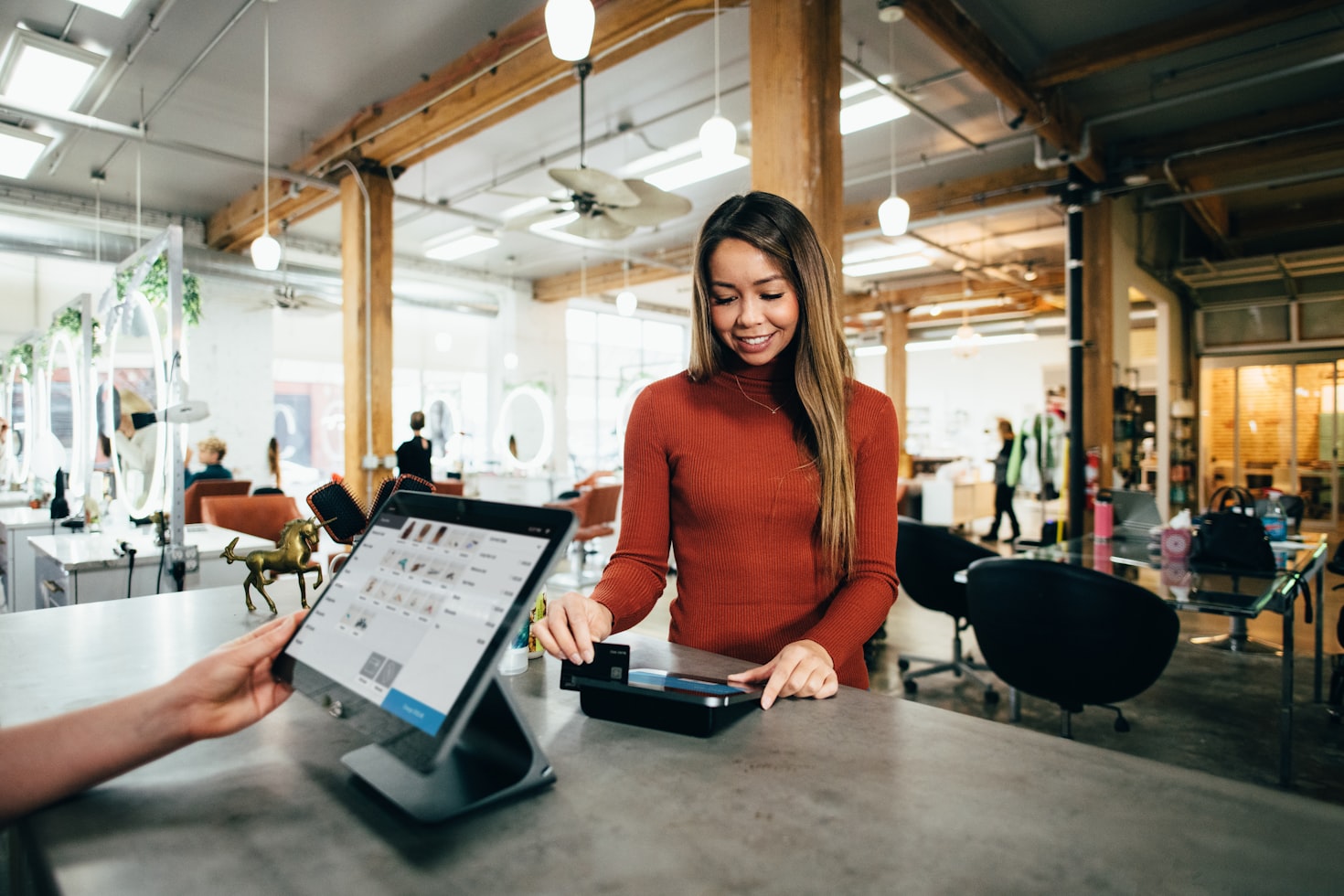With the development of touch displays in restaurants, the wait staff might no longer be required to take orders. However, they offer delivery people between tables and kitchens. While high-end dining establishments still shun touch display for the conventional individual touch in getting orders, fast-food and moderately-priced restaurants progressively let consumers’ fingers do the buying. If you are in the dining establishment organization, touch display technology might suit you.
Touch Screen Display in Restaurants
Ordering
The critical use of touch display innovation in food facilities is for purchasing. New things on the menu can be added quickly and successfully, and unavailable items can be conveniently eliminated. Customers can personalize orders, including adding seasoning or garnishes to a sandwich or “holding” an unwanted additive. At sit-down establishments, consumers can get an added drink or side order without attempting to bring in an active waiter’s attention. Touch screens need to reduce the time from order placement to satisfaction, an essential point for customers on the move.
Payment
In some dining establishments, especially fast-food businesses, touch screens are changing cashiers. Customers can now pay the bill with a credit or debit card, swiping the card either at a tool located at the order counter. You can track your customer’s getting practices and which food selection offerings interest-specific demographics. Some touch display computer systems permit restaurants to divide up the checks and individually pay for group orders.

Organization
With touch screen display organization and stock monitoring are streamlined. It is possible to track the items that customers are purchasing while keeping a state-of-the-art supply. Due to its precision, the software program in a touch display system makes sure that food items will not be over-or under-ordered through the supply chain, staying clear of spoilage as well as shortfalls. Numerous sales, ordering, and shipment info are readily available, depending on the sort of software program utilized by the restaurant.
Kitchen Area Use
In a hectic kitchen area, touch screen use clears up orders, making mistakes less likely. As soon as the client or wait staff uses a touch display to place an order, it goes directly to the kitchen area. If your kitchen area solution is a lot more reliable, this might lead to a greater quantity. Managers can gauge what time an order was accepted and how long it was required to reach the client. If your dining establishment supplies a delivery solution, touch screen buying with some systems signifies the order’s destination along with directions for the messenger.
Fewer Errors
It’s also worth noting that fewer mistakes will happen when utilizing touchscreen panels to receive orders than human cashiers. Although human cashiers aren’t expected to vanish anytime soon, and they provide a vital component of individual client service that’s not found in touchscreen or other types of self-ordering user interfaces. Nevertheless, there’s a better threat of error when a human cashier approves a consumer’s order. The cashier might misconstrue the client, or the cashier might enter the wrong food or drink. Regardless, this leads to the customer receiving the incorrect order, requiring the restaurant to correct their order.
Complete Satisfaction
Lastly, touchscreen ordering panels could have a favorable effect on customer contentment in the junk food sector. Numerous research studies have shown that touchscreen interfaces recover user satisfaction and touchscreen getting panels are no exception. Numerous fast-food dining establishments currently utilize touchscreen panels to approve customers’ orders for these factors.